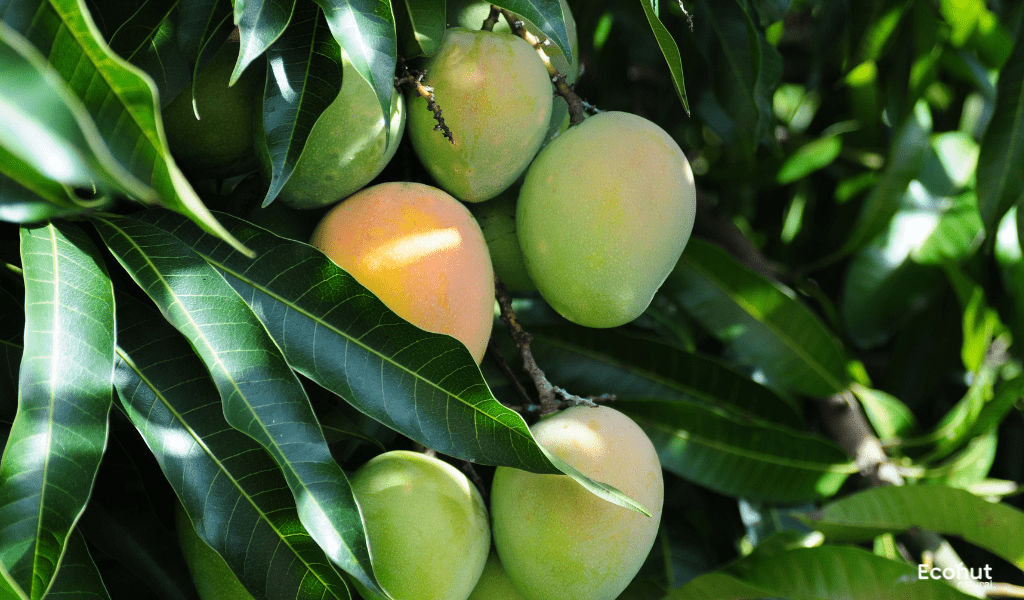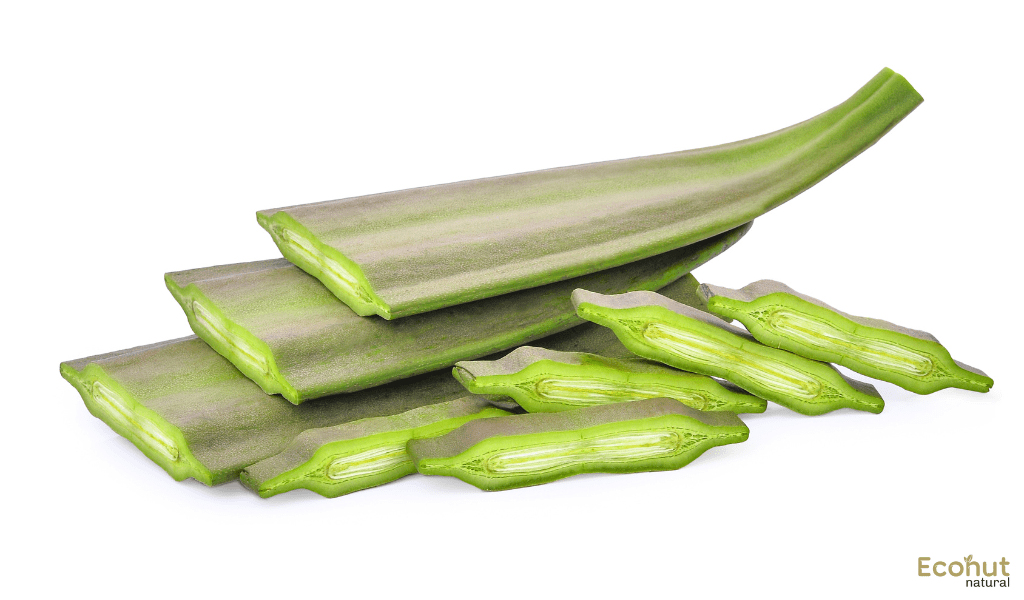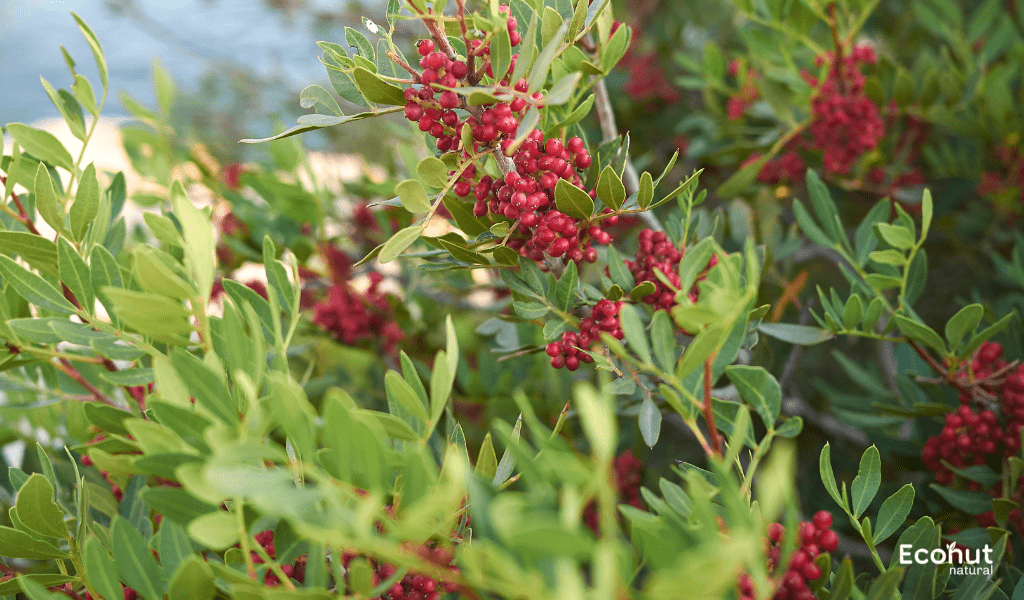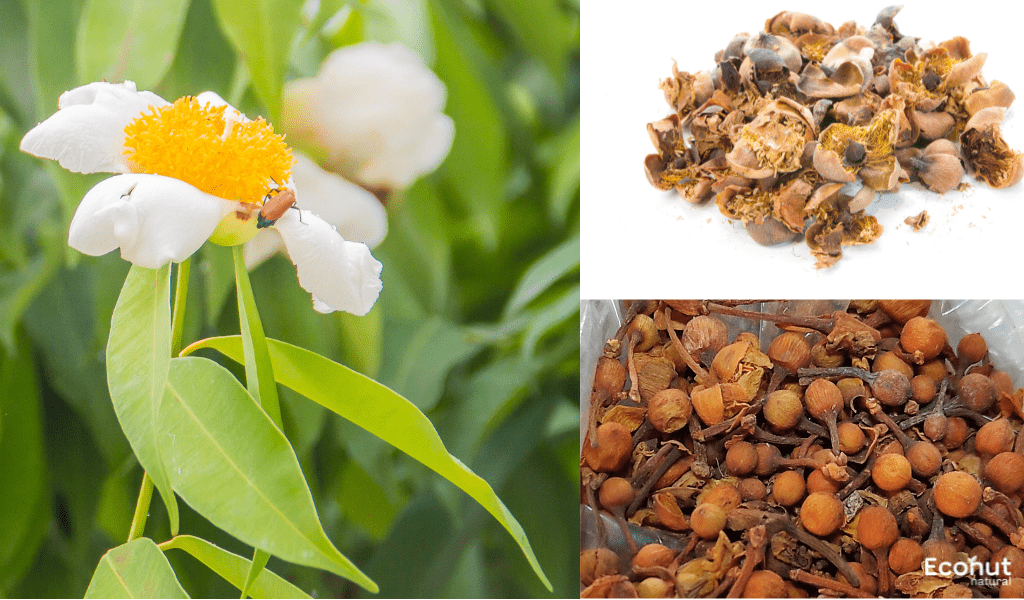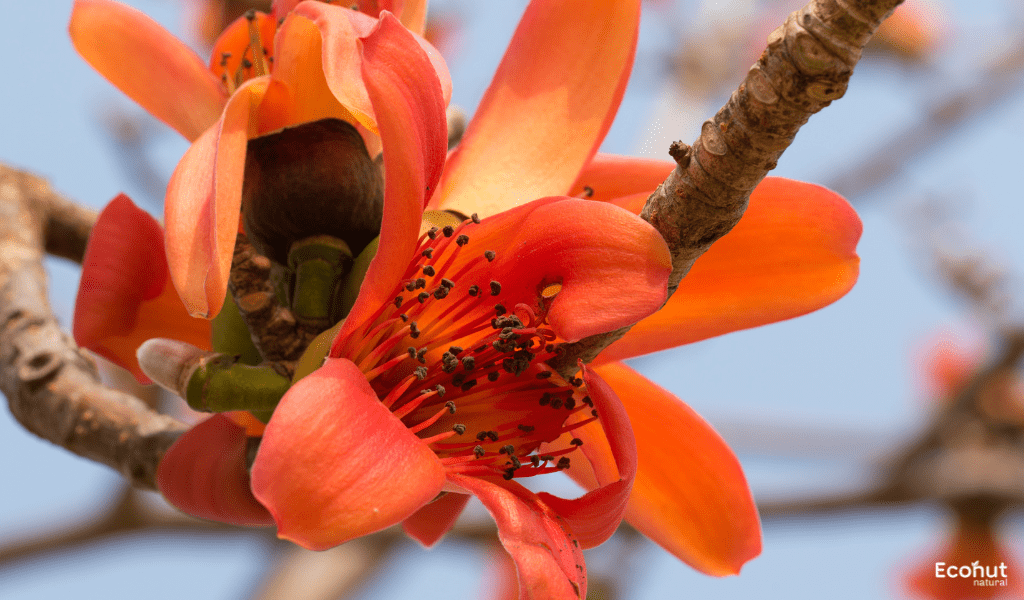Ela, Cardamom (Elettaria cardamomum) – Benefits, Uses & Side Effects
Cardamom (Elettaria cardamomum) is a perennial herbaceous plant belonging to the ginger family that has a strong scent. This plant can reach a height of 2-4 meters. This plant has 20–40 cm long, linear–lanceolate leaves with long, pointy tips that alternate in two tiers. Sword-shaped and dark green leaves. Flowers are produced in loose, white … Read more



